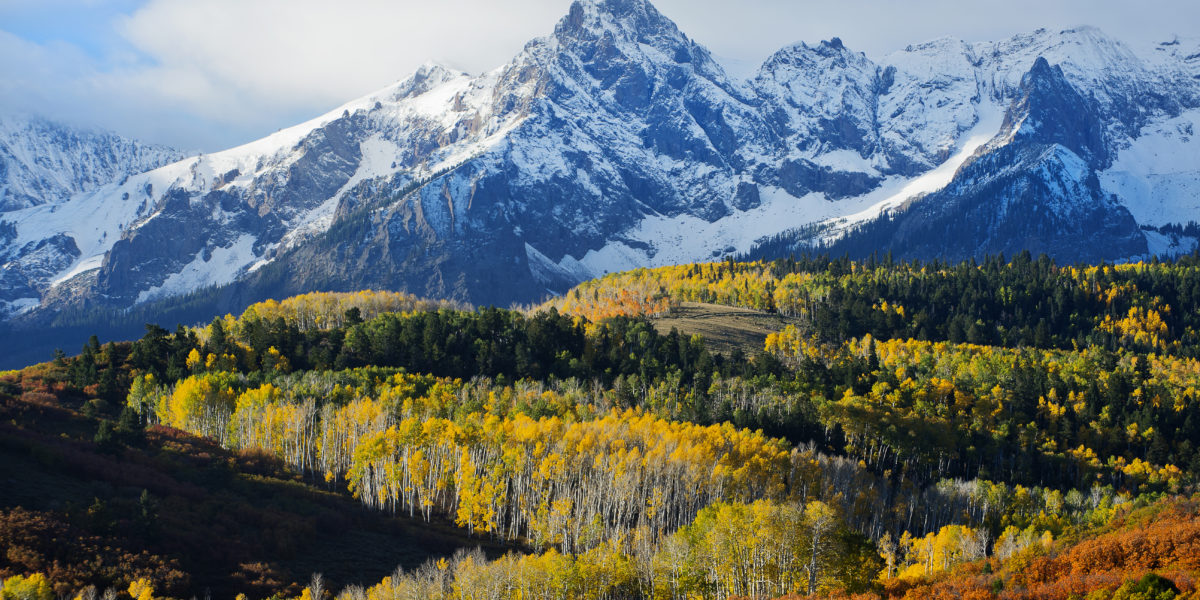
Hiker Lost on Mountain Ignored Rescue Calls ‘Because They Didn’t Recognize the Number’
Crisis averted. But please, pick up the phone next time.


It turns out not all unknown calls are spam calls.
That was the lesson learned last week by one unfortunate hiker who, after getting lost on the summit of the Colorado 14er Mount Elbert, ignored repeated calls by Lake County Search and Rescue “because they didn’t recognize the number,” the rescue unit said on its Facebook page.
According to the rescue team, the hiker, who wound up spending the night on the mountainside, first hit the trail destined for the tallest summit in the Rocky Mountain range on the morning of Oct. 18. The oft-traveled route traditionally takes about seven hours, round-trip, but after gaining 4,800 feet of elevation and reaching Mount Ebert’s 14,433-foot peak, the hiker became disoriented, the result of what the rescue unit determined to be a trail “obscured by snow above the treeline” due to windswept tracks.
A five-person rescue team, alerted to the person’s disappearance by a concerned associate, searched the area until approximately 3 a.m. on Oct. 19 before calling it off. The search resumed the following morning at 7 a.m., but at about 9:30 that morning, the caller informed rescue personnel that the hiker had “returned to their place of lodging,” the post said.
“The subject stated they’d lost the trail around nightfall and spent the night searching for the trail, and once on the trail, bounced around onto different trails trying to locate the proper trailhead, finally reaching their car the next morning, approximately 24 hours after they’d started their hike,” Lake County Search and Rescue officials said.
The rescue unit added that “common sense in hindsight is not obvious to a subject in the moment when they are lost and panicking. … [But if] you’re overdue according to your itinerary, and you start getting repeated calls from an unknown number, please answer the phone; it may be a SAR team trying to confirm you’re safe!”
Losing track of your location while hiking can be a scary time, but there are a number of things you can do to give yourself the best chance at making it out safely.
First, plan in advance. “You must expect the unexpected and plan accordingly,” U.S. Forest Service officials recommend. “Even if you are going out for just a few hours, pack enough essentials that you can stay hydrated, fueled and prepared for any type of weather.”
An essential packing list should include extra food and water, a reliable compass (in case GPS signal fails), terrain maps, sturdy clothing and footwear, an emergency blanket, a flashlight, and a fire source.
“It’s also important that once you have planned your outing, tell someone,” the Forest Service suggests. “Give them exact details of where you are going, the trail you plan to follow, when you will return, the vehicle you are driving (and where you plan to park) and how many people will go with you – do not go alone.”
If you do get lost, do your best to keep calm and remain in place to conserve energy until finding a route. Never walk aimlessly.
One valuable tool to avoid aimlessness is the Somewear Global Hotspot, a compact device that pairs with any smartphone and uses the Iridium satellite network to give users the ability to maintain 100% connectivity whenever cellular service drops. The Hotspot’s tracking and SOS search-and-rescue software uses the system’s onboard GPS and interval tracking via satellite data subscriptions (starting at just $8.30 per month) to provide location data in real time so the important people in your life can breathe easier knowing where you are and if—knock on wood—there is an emergency.
But once again, if you do have service, please pick up the phone.
Read more about survival tips from the U.S. Forest Service here.
